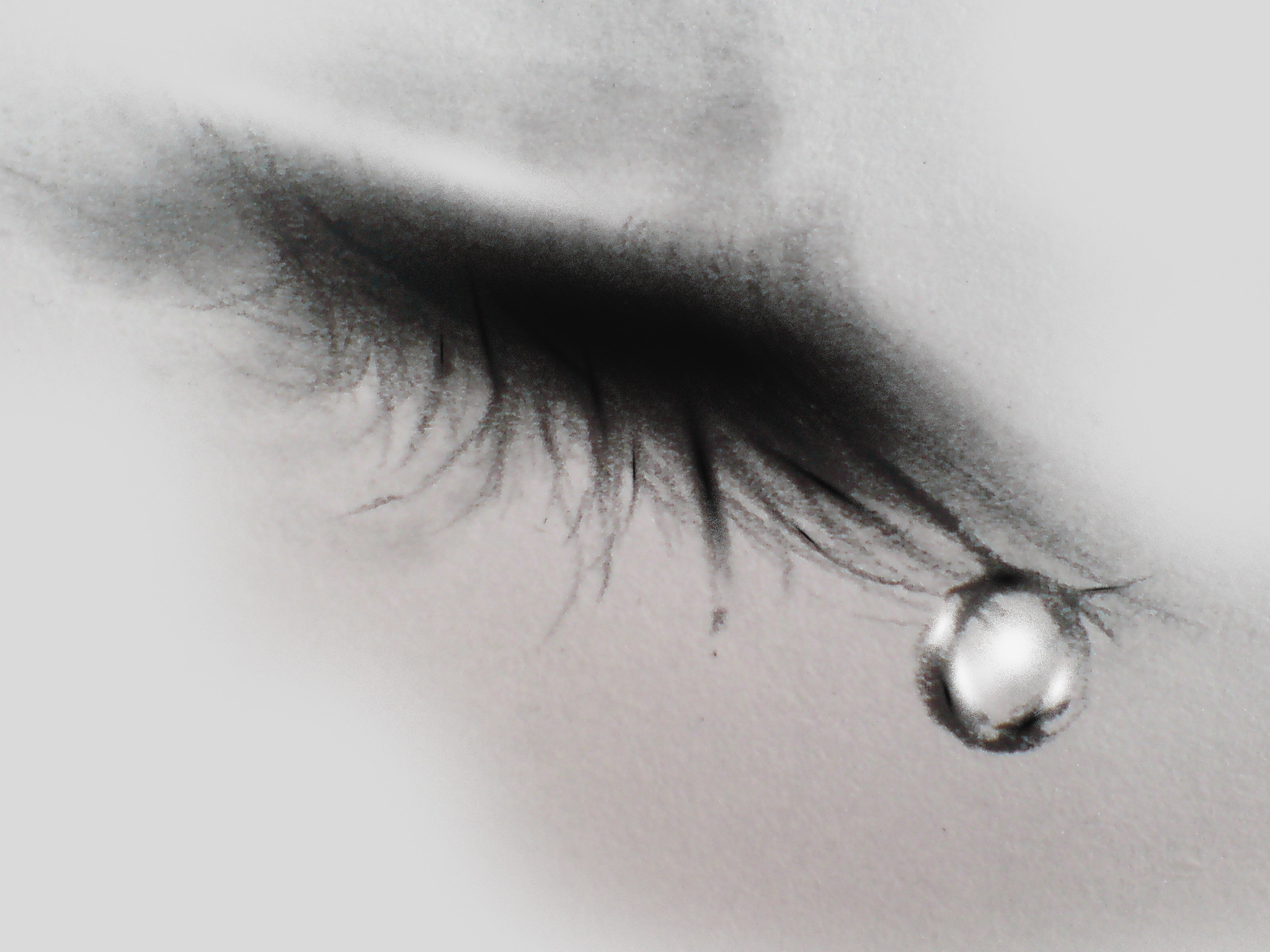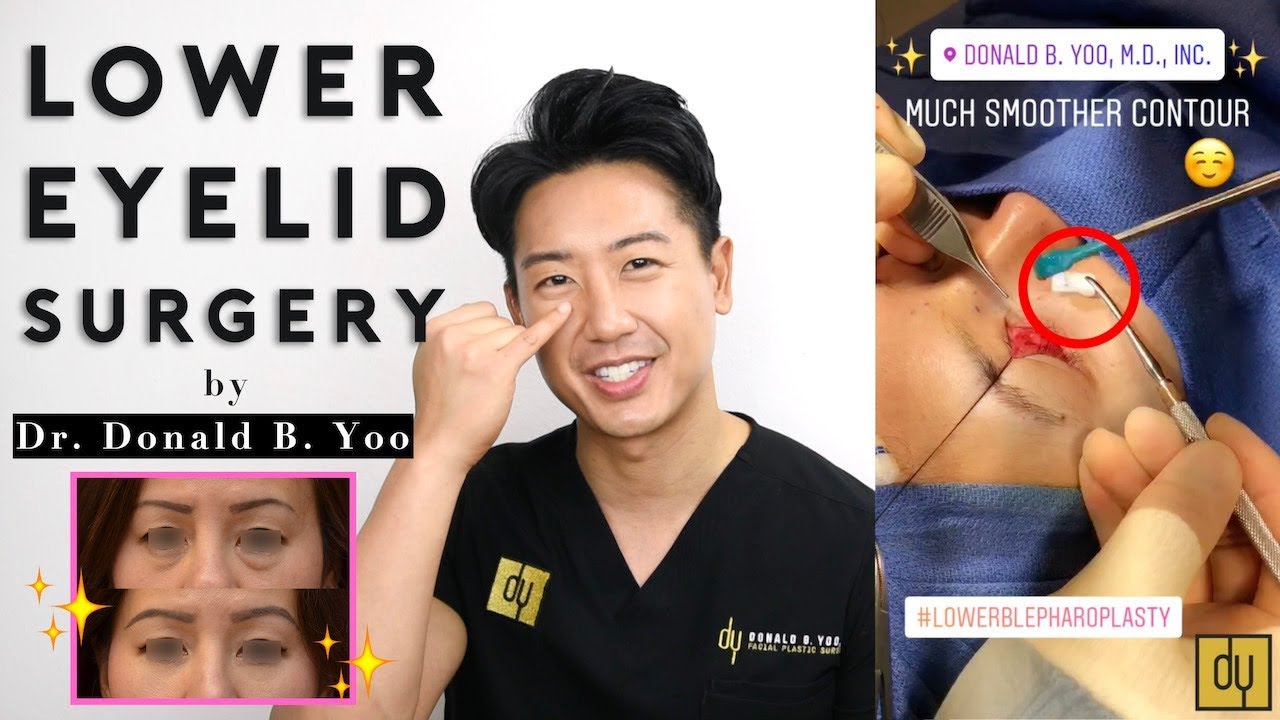
You should consult your eye doctor if you are experiencing symptoms of chalazion. Your doctor can determine if you have this eye problem by taking a thorough history of your overall health and examining the lids, eyelashes, and skin of your eyes. The doctor will also examine the oil glands openings, margins, texture, and texture of your eyes. Most chalazions are self-healing and will resolve in a matter of weeks.
Symptoms
A chalazion is a lump on the eyelid. It grows slowly but can grow larger and can cause severe pain. Although it rarely hurts, it may cause irritated eyes and eyelid inflammation. Your health care provider can make the diagnosis by looking at the eye and feeling the eyelid. These symptoms can continue and you might need to visit a doctor if they persist. The good news is that chalazion can cause very little harm.
Although chalazion itself isn't contagious, it is important for you to use proper hygiene practices to reduce your chance of contracting the disease. After handling your eyes you should wash your hands thoroughly. Additionally, ensure your contacts and glasses remain clean. Wearing contact lenses should be done according to your doctor's instructions. Chalazion may be caused by other conditions like stye but it is not contagious. If you are still experiencing symptoms, your doctor will be able to prescribe anti-bacterial medication.

Diagnosis
A doctor can diagnose chalazion through a physical examination. The doctor will examine the eyes and check the skin. A bump that is large and painful may indicate infection or inflammation. A blood test may be performed by an eye specialist to rule out any underlying conditions. It is possible that the patient has blurred vision. If the condition continues or becomes more severe, a physician may refer the patient directly to an eye doctor.
Chalazion is typically diagnosed clinically. It is usually diagnosed by taking a detailed history and performing a thorough examination. Most cases will not require further investigation. If an alternative diagnosis is made, a biopsy may only be necessary. A chalazion can usually be treated without additional tests in most cases. However, chalazion that recurs should be checked for underlying malignancy.
Treatment
Treatment for chalazion will depend on the severity of your condition. Some people may experience pain, irritation, and swollen eyelids. Chalazion usually resolves on its own within a few hours. In more severe cases, the treatment options include antibiotic eye drops and surgery to remove affected glands. Although steroids can be used to lighten the skin permanently, they may also cause it to become more sensitive.
Although chalazion does not spread to other people, you should refrain from touching your eyelids until it has cleared. If it persists, an eye specialist may recommend using steroid injections to reduce swelling. Additional to the medications, patients may be asked not to touch their eyes or wash their hands after removing them. Contact lenses must be disinfected and disposed off according to a set schedule.

Recurrences
A chalazion refers to a benign bump on one's eyelid. Although often not painful, it can be uncomfortable. Patients may only seek medical attention if it continues to get worse. Recurrences, especially in those genetically predisposed, are common. But what can you do if you keep experiencing these bumps? Read on for more information on how to treat this condition.
Treatment is effective in most cases. Although some chalazion recur, most do not. There are several causes for recurrences. Those reasons may include underlying problems. If you suspect an issue, a biopsy is a good option. It can also rule out more serious conditions. However, it may be a risk factor in recurrent chalazion.